
…new CO2 technologies such as CO2-EOR, oxy-combustion, carbonate fuel cells, metal organic frameworks and direct air capture. Measuring and monitoring CO2 is one of the largest challenges, hence our data-file…
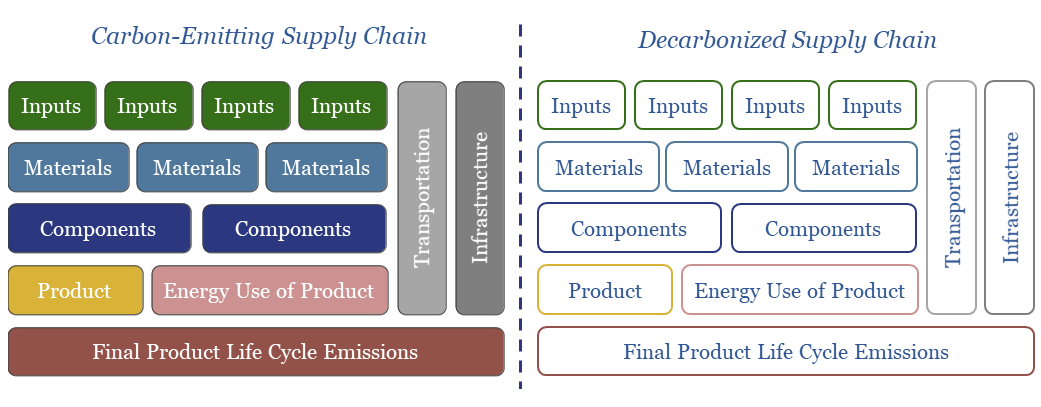
…manufacturing facilities to net zero. If they are purchasing CO2-emitting steel from one supplier, CO2-emitting carbon fiber from another supplier, and CO2-emitting Xs from dozens of other suppliers, then the…
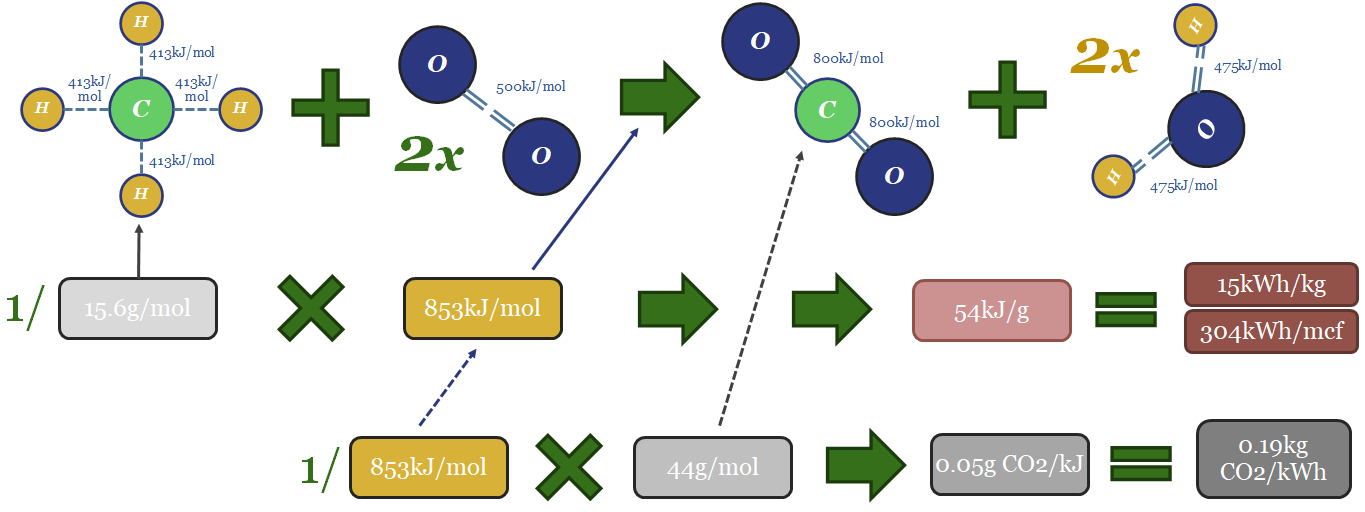
…who prefer LNG units). The CO2 emissions will include 1 mol of CO2 per mol of methane. That mol of CO2 weighs 44 grams. Hence if you divide 44 grams…
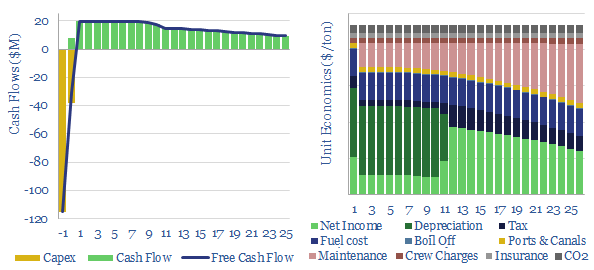
…carrier is properly sequestered in a well-run CO2 disposal facility. Another debate is over the size of the CO2 carriers. Today’s CO2 carriers are mostly around 10,000m3 (11kT of CO2e),…
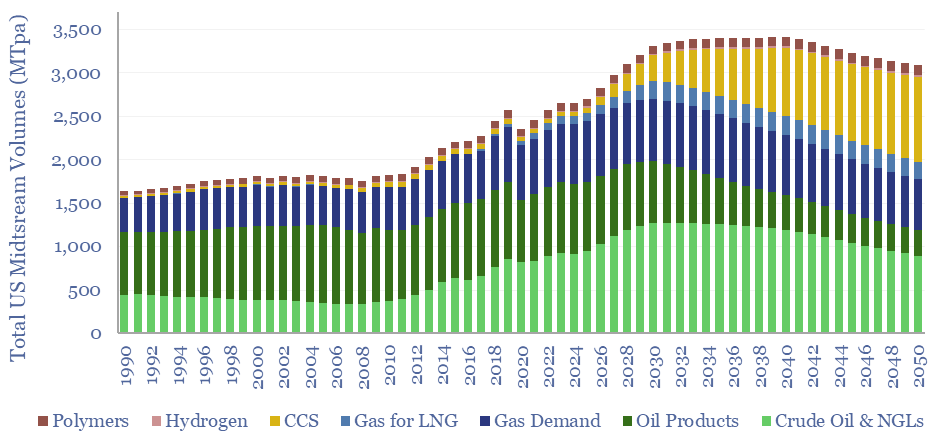
…hydrogen, CO2-EOR and novel combustion and next-gen DAC. We think c1GTpa will be in the US. CO2 purity must be >90%, ideally >97%. This is the largest new growth opportunity…
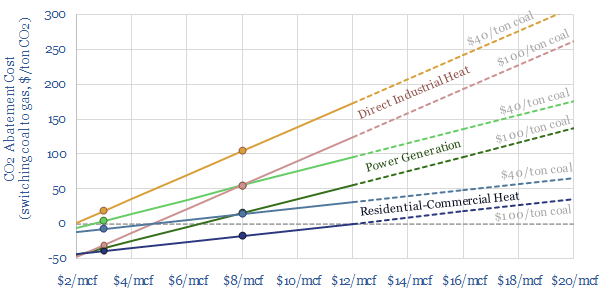
Coal-to-gas switching halves the CO2 emissions per unit of primary energy. This data-file estimates the CO2 abatement cost. Gas is often more expensive than coal. But as a rule of…
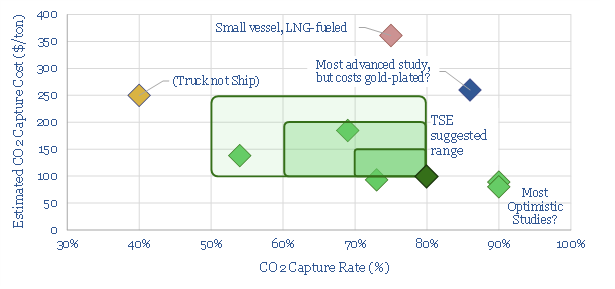
…13. A new infrastructure industry would also be required, to handle CO2 in ports, move it to disposal sites, or integrate with CO2-EOR. We discuss this theme on pages 14-15….
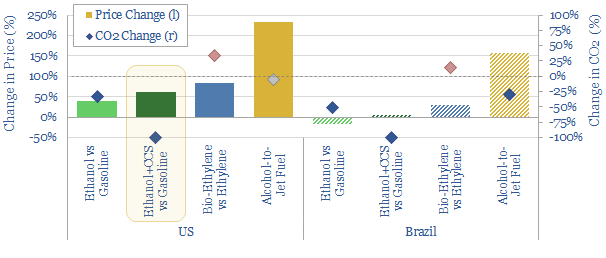
Could new technologies reinvigorate corn-based ethanol? This 12-page note assesses three options. We are constructive on combining CCS or CO2-EOR with an ethanol plant, which yields a carbon-negative fuel. But…
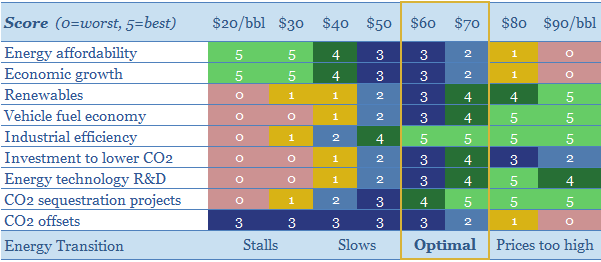
…on R&D budgets, patent filings and venturing data (pages 10-11). CO2 sequestration is one of the largest challenges in our energy transition models. CO2-EOR is promising, but the economics do…
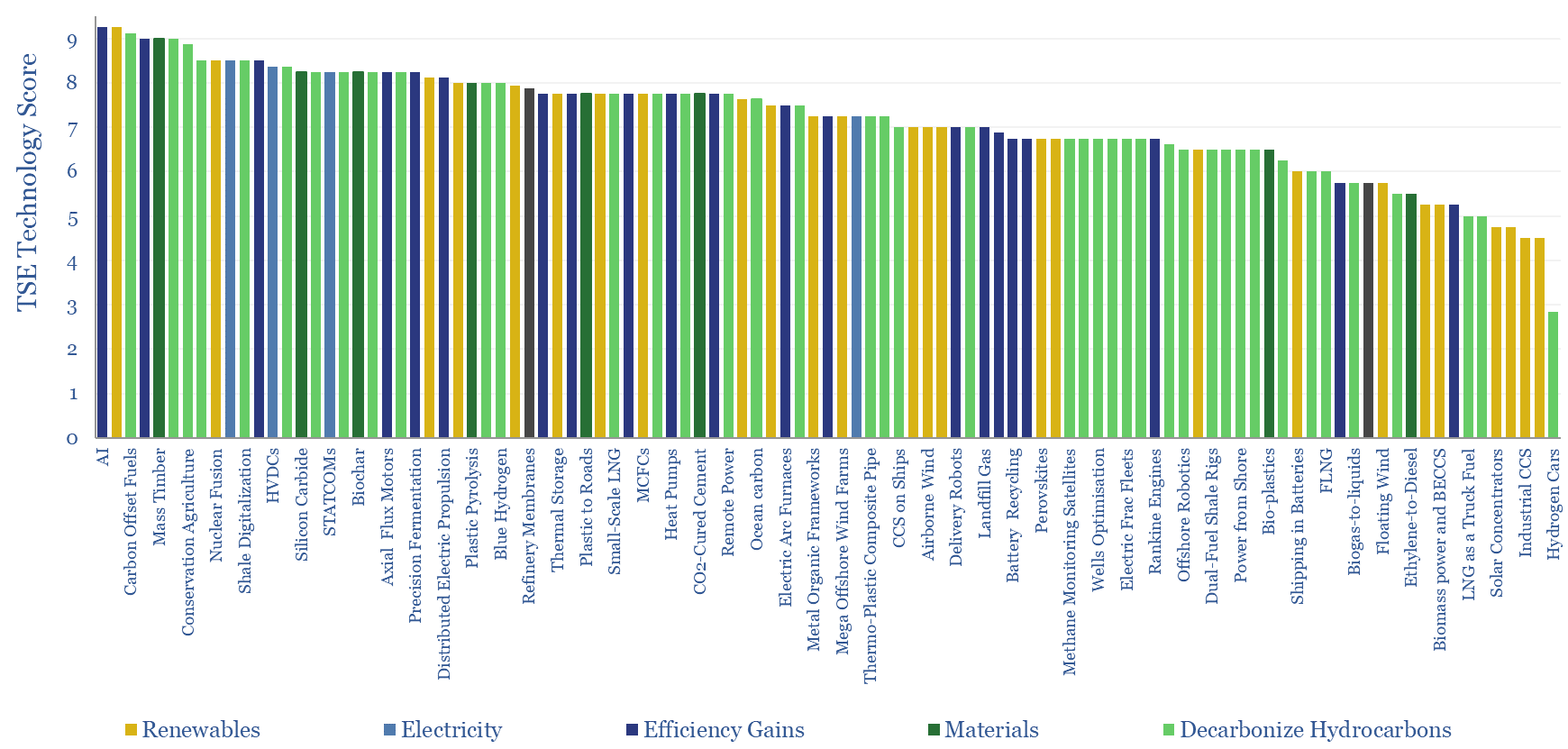
…with less’ (electric vehicles, electrification, power-electronics, advanced materials, advanced manufacturing), switching coal to gas and LNG (50-60% lower CO2 per MWH), carbon capture and storage (CCS, blue hydrogen, CO2-EOR, CO2-to-materials)…










